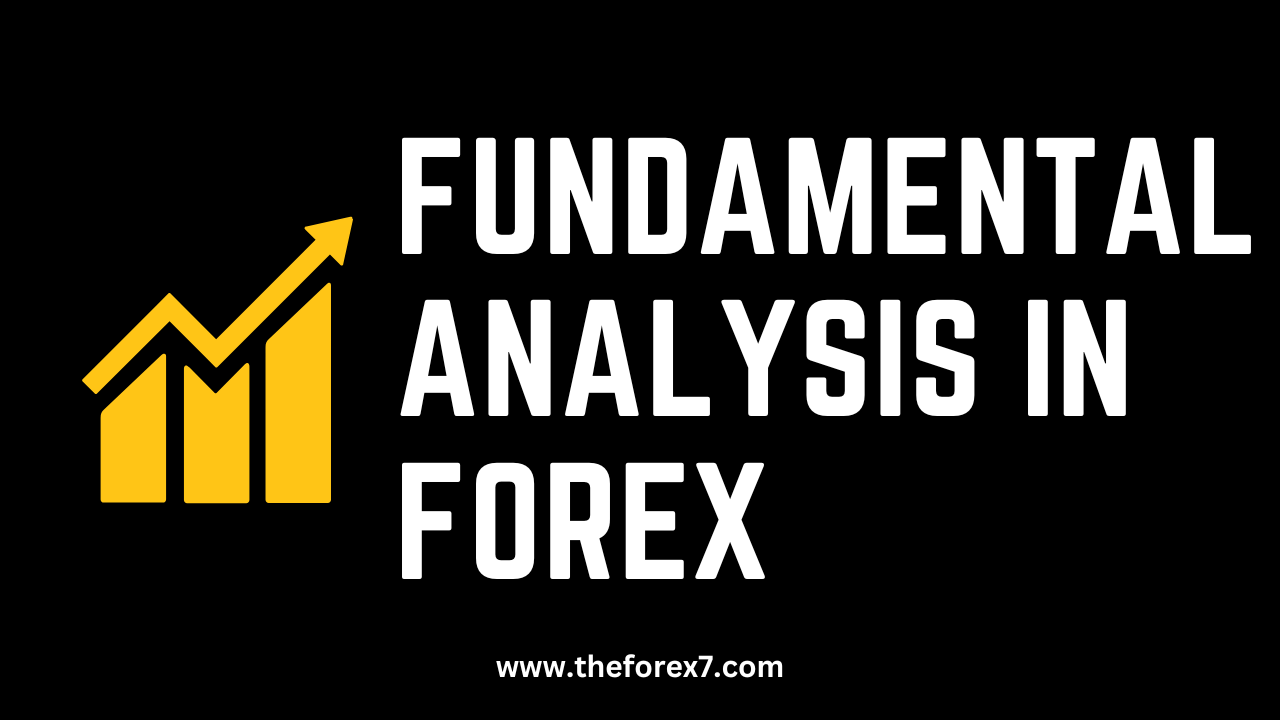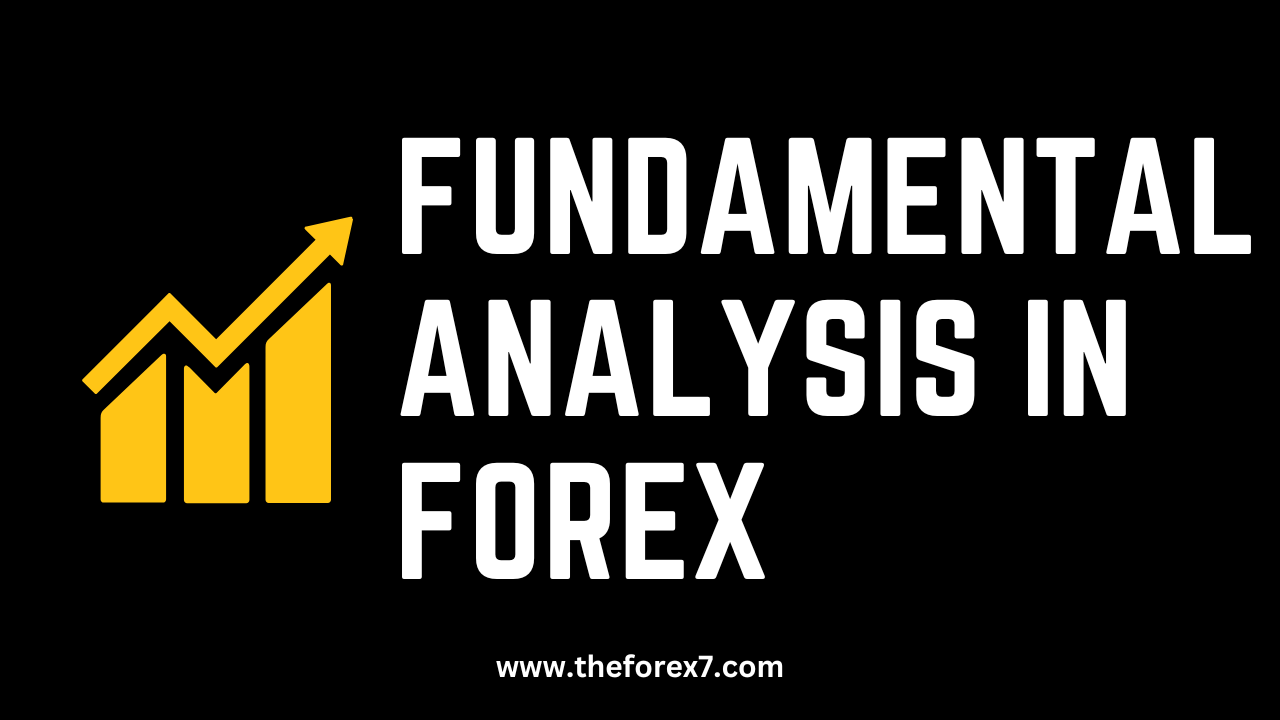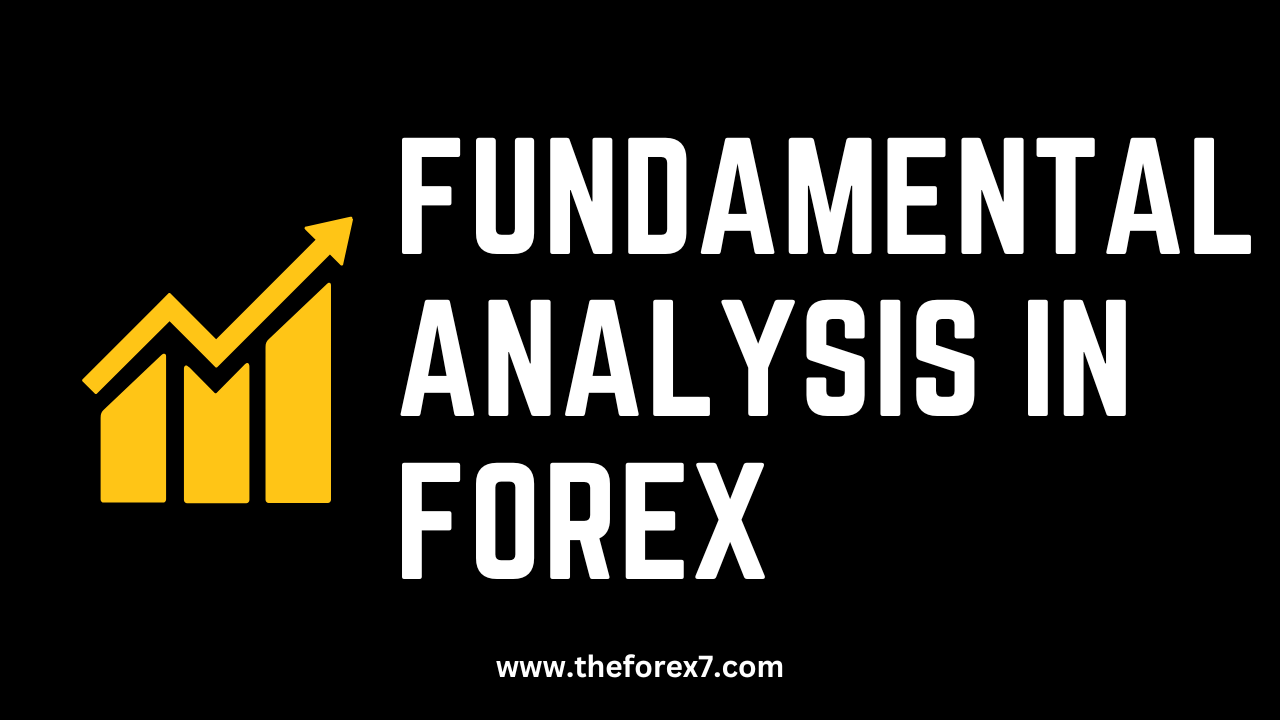Fundamental Analysis in Forex: Debt, Central Bank Intervention
Debt Analysis in forex, Political Factors, Monetary Policy and Central Bank Intervention
Course: [ FOREX FOR BEGINNERS : Chapter 5: Fundamental Analysis in Forex ]

The efficacy of debt as a fundamental analysis tool varies. During periods of economic growth, the markets tend to pay scant attention to rising debt levels.
Debt Analysis
The efficacy of debt as a fundamental
analysis tool varies. During periods of economic growth, the markets tend to
pay scant attention to rising debt levels. As long as the ratio of debt to GDP
stays constant, investors operate under the implicit assumption that the
economy will be able to grow its way out from under the burden of increased
debt. As government spending is a component of economic output, it can even
have a positive impact on currency performance, especially if it doesn’t crowd
out private investment. When growth slows down, however, debt ratios tend to
increase relative to GDP. This is exacerbated by declining tax revenues, the
propensity of governments to increase spending during recessionary periods, and
by consequent cuts in sovereign credit ratings.
Any time this happens, default can
quickly become a self-fulfilling prophecy as governments find it impossible to
take out new debt and refinance existing debt at affordable interest rates.
Investors get nervous and respond by moving money offshore, causing rapid
currency depreciation. In fact, this is exactly what transpired during the
credit crisis. Debt had already risen to alarming levels, but it wasn’t until
growth slowed down in 2008 that investors took stock of the bubble years.
Iceland was singled out for its imprudence, and it wasn’t long before its banks
were declared insolvent, its government defaulted on its debt, and the krona
had to be temporarily replaced by the euro.
As far as fundamental analysis goes,
there are a couple of ways in which debt is relevant. First of all, it can be
used to forecast the likelihood of full-blown financial crises. The Economist,
for instance, uses three indicators (budget deficit, net debt, and GDP growth
minus the cost of finance) to rank countries in terms of the sustainability of
their debt. Unsurprisingly, the four PIGS countries of Europe were near the top
of the 2010 rankings. Then again, so were Japan and the United States! (See Table 5-1.)
Table 5-1 Countries Ranked by Sustainability of Debt Position in 2010
(Source: The Economist, Bloomberg LP„ EIU, OECD)
|
|
Budget Balance % of GDP |
Net Debt * of GDP |
GDP Growth Less Cost of Finance |
Sovereign Debt, Years to Maturity |
|
Greece |
-4.6 |
94.6 |
-3.2 |
7.7 |
|
Ireland |
-7.0 |
38.0 |
-5.1 |
6.G |
|
Britain |
-6.7 |
59.0 |
-1,5 |
[3.7 |
|
Japan |
-5.9 |
104.6 |
0.1 |
5.4 |
|
Portugal |
-2.7 |
61.6 |
-2.3 |
6.5 |
|
Spain |
-4.3 |
41.6 |
-3.0 |
6.7 |
|
France |
-3.0 |
60.7 |
-0.7 |
6.9 |
|
United Stated |
-7.0 |
65,2 |
1.4 |
4,0 |
|
Poland |
-5.3 |
32.4 |
-0.7 |
5.2 |
|
Italy |
1.1 |
100.0 |
-1.0 |
7.2 |
|
Hungary |
4.1 |
62.1 |
-3.5 |
3.3 |
|
Norway |
-7.8 |
-143.6 |
2.4 |
4.9 |
|
Canada |
-2.7 |
32,6 |
2,0 |
5.2 |
|
Switzerland |
0.4 |
I 1.0 |
0.5 |
6.7 |
In this case, however, it is not debt
itself which presages a crisis, but the ease with which such debt can be
financed. The currency markets thus tend to view bond yields as being most
representative of a country’s ability to deal with debt. A sudden increase in
yields can signal the start of a potential crisis, and currency depreciation
tends to follow. In addition, yields adjust in real-time while debt levels
change incrementally. In the case of the Eurozone, sudden spikes in bond yields
have often corresponded with depreciation in the euro. (See Figure 5-23.)

Figure 5-23. Portugal’s 10-year bond yield and EUR/USD, relative change
(Source: Bloomberg L.P.)
Some pessimists have argued that both
the actual and the potential increase in US debt levels could threaten the
long-term viability of the US dollar. Alas, neither credit nor currency markets
have priced in the possibility of US federal government default. And the
historic downgrade of the US sovereign credit rating in August 2011 was met
with yawns.
Finally, debt level comparisons have
been used to buttress the case for buying emerging market currencies, whose net
debt levels are much lower than their developed world counterparts. To be sure,
this is yet another reason why emerging market currencies will continue their
steady upward march over the next decade.
Monetary Policy and Central Bank Intervention
I’ve already talked about the role that
central banks play in setting interest rates and tweaking money supply. Here I
want to examine some of the other ways in which they can influence the forex
markets.
First are the central banks’ open
market operations. Open market operations are now arguably the most prominent
weapon in a central bank’s arsenal. During periods of recession, when inflation
is low, central banks can literally print money in order to fund purchases of
financial securities. The central bank holds these securities on its balance
sheet with the intention of selling them off once the economic pump has been
fully primed and inflation has taken hold.
In the wake of the credit crisis, the
world’s major central banks stunned the markets with the scope of their open
market operations. The Fed’s program was particularly ambitious. In a process
known as quantitative easing, the Fed purchased almost $3 trillion worth of
financial securities in two discrete blocks. (See Figure 5-24.) Critics worried that the bank had sacrificed its
independence, that it was enabling record US government borrowing, and that it
would foment asset price bubbles and inflation. As a result, the currency
markets punished the dollar severely after each round of quantitative easing
was announced. Whether their concerns were justified ultimately depends on
whether the Federal Reserve Bank can unwind the program (by selling the securities
on its balance sheet back to private investors) when inflation picks up.

Figure 5-24. Federal Reserve Bank balance sheet
From the standpoint of fundamental
analysis, there is an edge to be gained from correctly reading the tea leaves
and predicting both the beginning and end of quantitative easing programs.
Those that guess right and invest accordingly will be rewarded with profits.
More importantly, fundamental analysts should understand how quantitative
easing can indirectly impact forex markets in various ways, via a stronger
stock market, lower bond yields, and potentially higher inflation.
Central banks can also attempt to guide
their exchange rates through forex intervention. Most emerging market central
banks are active (to varying degrees) in taking steps to push down their
respective currencies, though countries in Latin America and Asia have been
particularly aggressive. This is typically achieved by selling large chunks of
their home currency on the spot market and can be supported with measures that
penalize speculation by foreign investors. Some central banks have fixed
intervention programs in place. Others spend large amounts on discrete
occasions in a bid to overwhelm the markets. Still others engage in “verbal
intervention” without ever directly entering the markets.
Beginning in 2009, central banks began
intervening, one after another, in vain attempts to prevent their currencies
from returning to pre-credit crisis levels. Even the major central banks
contributed with a coordinated intervention on behalf of the yen, which had
strengthened after the March 2011 earthquake. In November 2011, the central
banks intervened again with a program of liquidity swaps that was designed to
prop up the ailing euro. The Swiss National Bank, meanwhile, keeps threatening
to renew its failed program to hold down the franc. After a multi-day
appreciation, it intervened verbally and caused the CHF/EUR to raise by an
unprecedented 1000 PIPs in a single trading session! (Note Figure 5-25.) To be sure, all intervention is doomed to fail over
the long term. Over the short term, however, it can quite spur magnificent
spikes.

Figure 5-25. Immediate and medium-term impact of SNB franc intervention
When central banks intervene, they
inadvertently provide support for opposing currencies. In other words, a
central bank cannot simply sell its home currency; it must simultaneously buy
an opposing currency. As I explained in Chapter 3, this drives the accumulation
of currency reserves. That most central banks disproportionately prefer
USD-denominated assets is a huge source of support for the US dollar. While
there are frequent indications that this could change, problems with the other
major currencies (most recently with the euro) favor a continuation of the
status quo. Emerging market currencies meanwhile remain subject to liquidity
and other logistical complications that hinder their broad adoption as reserve
currencies. Nevertheless, central banks collectively represent one of the
largest long-term players in the forex markets, and fundamental analysts must
closely monitor this situation for any signs of change.
Political Factors
The role of politics in financial
markets has always been difficult to quantify. Generally speaking, elections
and changes in political administrations tend to have only a psychological
impact on forex markets. This is especially true in the case of the United
States, where economic policy has not changed significantly over the last few
decades. Free trade has been gradually embraced, tax rates have edged down
slightly, corporations have become more profitable, budget deficits have become
the norm as spending has surged, the business cycle is increasingly driven by
financial factors, and so forth. To be sure, policy may shift to the right or
to the left depending on which party holds power. For the most part, though,
the overall trend has remained intact. As a result, elections tend to offer
very little insight into how a particular currency will perform during the
years that follow. Instead, financial-economic factors tend to carry more
weight. As can be seen from Figure 5-26,
former President Bill Clinton can claim the dubious distinction of being the
only US president to witness an overall rise in the US dollar while in office.
This was probably less due to the nuances of his economic policy, however, than
the economic and stock market boom that began in the late 1990s and carried
over into the presidency of George W Bush.
That’s not to say that politics are
irrelevant. On the contrary, the whims of governments can cause significant
gyrations in the forex markets. For example, the US dollar suffered mightily
when the US Congress temporarily balked at raising the US borrowing limit in
May 2011. Meanwhile, political developments in Europe continue to drive the
euro, whose very existence seems to hinge on political life support.

Figure 5-26. USD Trade-weighted index and corresponding US president
Emerging market currencies are perhaps
most sensitive to political developments, because their governments are more
likely to pay attention to and take steps to influence the value of their
currencies. While this task is supposed to be delegated to independent central
banks, in practice it is subject to political meddling. For example, if the
incumbent government of Brazil makes a strong export sector the cornerstone of
its economic policy, it may instruct the Bank of Brazil to actively take steps
to hold down the real. This practice reached an extreme from 2010-2011, as cash
(spurred by loose monetary policies in industrialized countries) began to pour
into emerging markets, causing their currencies to appreciate rapidly. Emerging
market central banks fought back and, one after another, sought to devalue
their respective currencies. Before long, a full-scale currency war had
erupted, and emergency meetings of the G7 and G20 were convened. It wasn’t
until late 2011 (when the European sovereign debt crisis flared up and risk
appetite cratered) that the currency wars began to fade, once again
underscoring that political factors are less important than financial-economic
factors.
Conclusion
If there is any lesson to be learned
from the preceding discussion, it is that there are no cut-and-dried rules in
fundamental analysis. In understanding how numerous variables impact exchange
rates, one must first understand the particular narrative that is guiding the
markets at any given time. Whether risk appetite is strong or weak, whether a
currency has or has not been targeted by carry traders, whether an interest
rate change has been anticipated in advance are all factors that will
ultimately determine the market reaction. Fundamental analysis merely provides
a framework for understanding these narratives.
FOREX FOR BEGINNERS : Chapter 5: Fundamental Analysis in Forex : Tag: Forex Trading : Debt Analysis in forex, Political Factors, Monetary Policy and Central Bank Intervention - Fundamental Analysis in Forex: Debt, Central Bank Intervention


